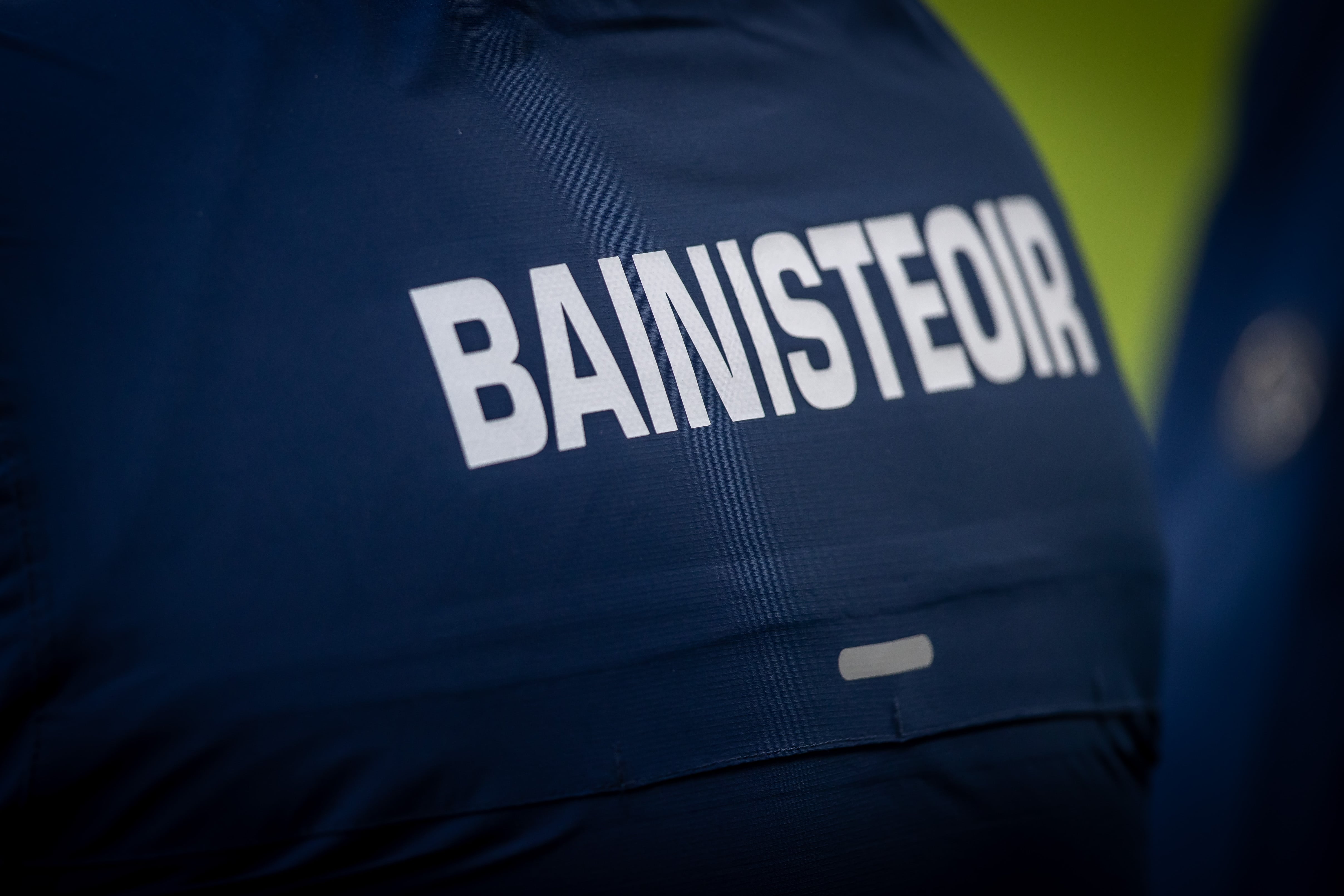It is the last Thursday before Christmas. An email drops into the otherwise quiet inbox of sports departments around the country bringing a message of hope and news to rejoice. The only concern is how much of it can be relied upon.
This is the latest anti-doping report published by Sport Ireland, detailing the record-high number of 1,415 tests carried out in 2022, across 32 different sports, at a cost of more than €2 million in Irish taxpayers’ money. They did not find a single violation, inadvertent or otherwise.
In another lifetime this might well be a cause of some celebration. At best it should be of some concern and some relief at the same time. In reality, no one is any clearer on whether Irish sport has a doping issue or if any of these numbers add up.
As with any anti-doping programme in any other country, the outcome is as much based on the deterrent as any actual detection
As with any anti-doping report in sport, it is a sort of stand-off between the statistics and the truth. For as long as doping has existed in sport the cheaters have managed to stay mostly one step ahead of the testers, at least on the global stage. At a time when Irish sport has never been more successful on that global stage, there is still nothing here to indicate that the gap even exists or has been in some way closed.
READ MORE
As with any anti-doping programme in any other country, the outcome is as much based on the deterrent as any actual detection.
The deterrent part would appear to be running higher than ever: the total number of tests — just over three-quarters of which were out-of-competition — is up on the 1,354 tests carried out by Sport Ireland in the previous report, for 2021, when the testing was carried out across 28 different sports.
Depending on the exact interpretation of those numbers, it means either that Irish sport is running squeaky clean when it comes to doping, or that the testing methods aren’t quite doing their job as well as they might.
Sport Ireland can still only carry out anti-doping tests on senior intercounty players either out-of-competition at collective training sessions or in-competition on match day
The total running cost of €2,051,706 of the anti-doping programme is also up on the previous year, which came in at €1,856,151. Given the outcome, that begs some questions around cost-effectiveness. Again, it might be working out on a deterrent front, but given the breakdown in that cost — €1,182,269 on the actual testing, €51,612 on education and research, €350,940 on salaries, and €466,885 on “other” costs — might some of that be money better spent?
Of the 32 National Governing Bodies listed in the report, Athletics Ireland was the most tested in 2022, with 218 tests, followed by the IRFU (195) and Cycling Ireland (185), with Rowing Ireland and the GAA both tested 140 times. Swim Ireland had 116 tests in the same period.
Break down those numbers further and maybe something else doesn’t add up. In agreement with the GAA and Gaelic Players Association, Sport Ireland can still only carry out anti-doping tests on senior intercounty players either out-of-competition at collective training sessions or in-competition on match day.
Sport Ireland has long target-tested sports such as athletics, cycling and rugby, but maybe something else doesn’t add up when Swim Ireland (116) has almost twice the number of tests than carried out on the FAI
Given the GAA split season, now written into the rule, it means players from some counties could go as long as six months without any fear of being tested, depending on when they exit the championship.
This is despite the fact several GAA players have returned positive samples in recent years, Carlow footballer Ray Walker receiving a four-year ban in April 2020 after testing positive for meldonium, adding to Kerry footballer Brendan O’Sullivan (MHA, in 2016), Monaghan footballer Thomas Connolly (stanozolol, in 2014). That’s one possible loophole open for closure.
Sport Ireland has long target-tested sports such as athletics, cycling and rugby, but maybe something else doesn’t add up when Swim Ireland (116) has almost twice the number of tests than carried out on the FAI (60), and of the 33 tests carried out in Irish boxing, none were in competition.
This target-testing strategy was certainly necessary in the past, only the danger now is that it’s having some sort of inverse or opposite effect; Irish athletes know they are far more likely to be tested, while those in other sports know their chances are far, far less.
Sport Ireland used to make a slightly bigger deal of their anti-doping report, usually published by March of the following year
In the previous Sport Ireland report, for 2021, there was a single violation reported resulting in a three-month ban; the prohibited substance in question was cocaine, resulting from a sample provided by motorsport driver Harry McGovern during an in-competition test in 2021. McGovern established the ingestion of cocaine occurred out of competition and was therefore unrelated to sport performance.
Sport Ireland used to make a slightly bigger deal of their anti-doping report, usually published by March of the following year, and presented at a press briefing where further questions on the testing figures were openly addressed. It may not be that they also have some concern about how much of it can be reliable, although when set against one of their own surveys, released back in 2017, there is certainly room to believe that something doesn’t add up.
That survey found that 42 per cent of 148 elite Irish athletes, across 14 team and individual sports, personally knew others who used banned substances. Indeed 6 per cent admitted they had knowingly used a banned substance, albeit in most cases a banned recreational drug such as cocaine or marijuana.
At base level, those surveyed also put their perceived prevalence of doping in Irish sport at 10 per cent, and 18 per cent when considering it globally. Opinion on that may have changed since 2017, but something doesn’t add up when a record number of tests carried out in this country are reporting it at zero per cent.
No surprise then that not a single Spanish athlete has yet been sanctioned during those five years
Still, things on that front could be a lot worse. Reports are coming out of Spain this week that the Spanish Anti-Doping Agency (Celad) allowed athletes to go unpunished on several occasions between 2017 and 2022.
Celad used various methods to avoid disciplinary proceedings for Spanish athletes after testing positive for banned substances. On other occasions, when the tests came back positive, no investigation was opened, and it’s also reported Celad knowingly spent taxpayer money on tests that did not meet standards (only one tester was sent, rather than the required two).
No surprise then that not a single Spanish athlete has yet been sanctioned during those five years, the obvious concern about an anti-doping programme like that being none of it whatsoever can be relied upon.

















